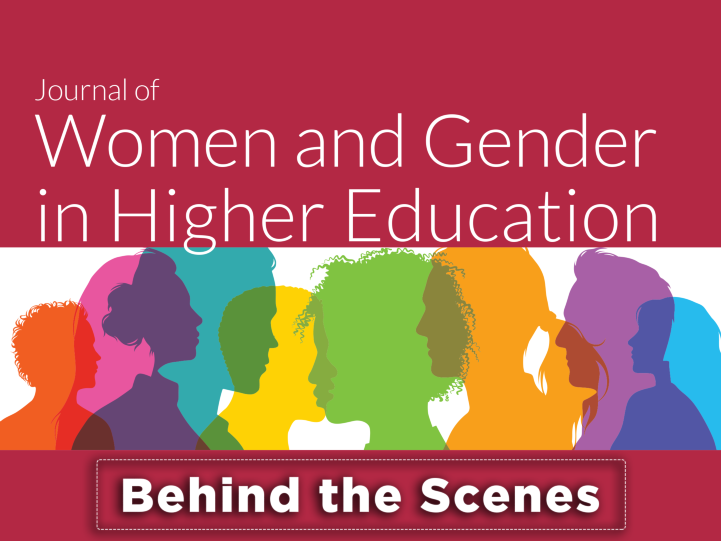
Behind the Scenes: ProjectQED: Building an Inclusive Department for Queer and Trans Students, Staff, and Faculty
Community Womxn in Student Affairs
September 10, 2021
Behind the Scenes: ProjectQED: Building an Inclusive Department for Queer and Trans Students, Staff, and Faculty
Quentin Sedlacek and Kia Darling-Hammond
How do we build an inclusive, welcoming, and responsive academic environment for LGBTQ+ and same gender loving (SGL) students? This sentiment has likely existed as long as higher education itself (although queer, trans, intersex, and nonbinary folks have been prevented from asking it openly in too many times and places). It’s a question we found ourselves asking each other in Fall 2015 as doctoral students at Stanford’s Graduate School of Education (GSE). At the time, the university had a thriving network of organizations dedicated to supporting LGBTQ+/SGL students; however, none provided the specific education-focused content we craved.
Many years earlier, groups with names like “SUSE Q’s” and “SchoolsOut'' had provided community and solidarity for LGBTQ+/SGL folks in our GSE. These groups were no longer active; fortunately, in Fall 2015 a student in our department’s M.Ed. program resurrected SchoolsOut and brought its history to light. At around the same time, the department had begun offering small grants for student-led community engagement projects with both social and academic dimensions. Inspired by this history and by our colleague’s work, we began brainstorming ways to continue and expand these important efforts.
We anchored into the guiding question above: How could we build something inclusive, welcoming, and responsive? As we brainstormed, (now) Dr. Darling-Hammond offered this:
“Being totally candid, here. First, if all of the research centers white gay and lesbian subjects, I'm unlikely to find it particularly compelling. Second, it would be interesting to have access to researchers who look inside of schools, outside of schools, at school-age children, and at adults (perhaps even graduate students). For me, education is not the same as schooling and, since so many of us queer folk find we are safer and happier OUTSIDE of schools, it's worth learning more about what is happening there. [We’ll] need to bring in [people and entities] that center queer of color voices….”
We agreed to focus our efforts at identity intersections--to amplify voices that are often overlooked in the academy, both at our own institution and at others across the country. A year later, our work had grown from grant applications and new-student-welcome tabling into a full-fledged event series. “ProjectQED” was born. Now, looking back after half a decade, we are excited to share our work in the hope that it can be useful to students, staff, and faculty seeking to do something similar. Learn more in the upcoming issue of JWG!
Abstract
Inclusivity efforts focused on gender and sexuality in higher education often fail to identify and address the specific needs of queer and Trans Students, Staff, and Faculty of Color. In this program description, we report on ProjectQED, a student-organized event series at the Stanford Graduate School of Education that sought to address these unmet needs using intersectionality theory as an organizing framework. ProjectQED centered LGBTQ+ and same-gender loving (SGL) perspectives from Asian American, Black, Latinx, Native American, and Pacific Islander communities through a series of invited guest lectures and film discussions between 2016 and 2019. The broadly inclusive nature of these events expanded opportunities for building community and solidarity across campus, bringing together interest groups and affinity groups centered around gender and sexuality, racial and ethnic identity, and multiple academic departments and disciplines. We share this program description as a model that staff and faculty at other institutions might replicate by centering the experiences of queer and trans People of Color in programming for LGBTQ+/SGL campus communities.
Read more at https://www.tandfonline.com/doi/full/10.1080/26379112.2021.1950007